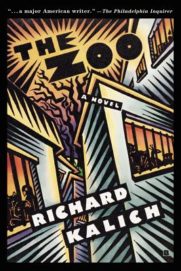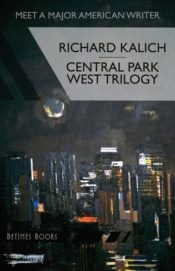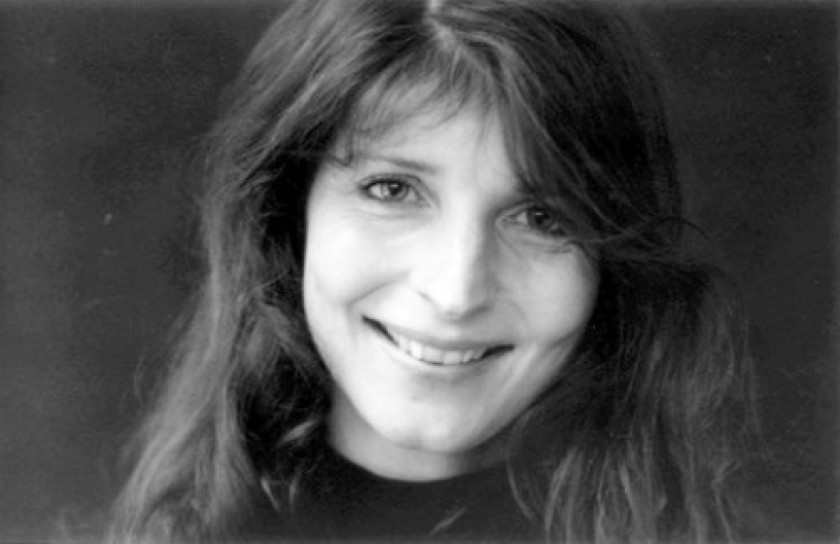
photo by Star Black
by Timothy Walsh
There has never been anything quite like the poetry of Deborah Digges. Search all the labyrinthine byways of contemporary poetry, and you will not find anything to match the preternatural clairvoyance Digges can conjure in her poems. Searingly luminous, intensely lyrical, often oracular, her poetry is paradoxically both rooted in the modern world, yet somehow timeless. Many of her poems seem almost like translations of things written millennia ago, the legacy of lost civilizations. A strange, otherworldly light pulses through her work so that in her greatest poems—which are many—you have the uncanny feeling that the surface of creation has been momentarily peeled back, allowing a glimpse beyond.
Some of her better-known poems, like “Winter Barn,” are poems of hair-raising revelation—a distillation so potent, so rare and concentrated, that the reader is transported through the ladder of her couplets to an alternate sphere of consciousness, coloring our perceptions of ourselves and the natural world long afterward:
Sparrows sailed the barn’s doomed girth, forsaken,
therefore free. They lit on rafters crossing the west windows
that flared at sunset like a furnace fed on stars.
Other poems, like “Telling the Bees,” have an incantatory, oracular quality that builds a participatory incandescence in the reader, so that you feel palpably the state of mind of the poet. Still other poems, like “Broom,” manage to encapsulate an entire spiritual autobiography into a meditation on house and family by focusing on a plain, everyday object—in this case a broom, that tool by which we sweep away the detritus and clutter from our lives, renewing ourselves in the act of renewing our abodes.
Despite having won many prestigious awards—the Delmore Schwartz Memorial Prize, the Kingsley Tufts Prize, Guggenheim and NEA grants—Digges is still not as well known as she should be. Digges published four collections of poetry between 1986 and 2005—Vesper Sparrows (Atheneum, 1986), Late in the Millennium (Knopf, 1989), Rough Music (Knopf, 1995), and Trapeze (Knopf, 2005). Digges’s untimely death in April 2009—deemed an “apparent suicide” by the authorities—was followed by the posthumous publication of her final collection, The Wind Blows Through the Doors of My Heart (Knopf, 2010). Here we find work of such visionary intensity, so supercharged with grief yet simultaneously lifted with an ecstatic, celebratory sense of wonder, that the best poems in this final collection truly represent the culmination of Digges’s genius. As Philip Schultz succinctly put it, “There is nothing like this book in our language.”
Now, ten years after the publication of that landmark collection, is an opportune moment to reexamine this final work of a poet who is arguably the most original and distinctive voice of the past fifty years.
As the “Editor’s Note” to The Wind Blows Through the Doors of My Heart explains, most of the poems in the collection had been revised for publication in book form, with clean copies prepared by Digges. Other poems, though, still existed in multiple versions with marginal notes about possible revisions. At the time of her death, a few newer poems had not yet been added to Digges’s working table of contents, so it can’t be certain she would have included them.
For readers not already familiar with Digges, it would be impossible to read the first four poems in The Wind Blows Through the Doors of My Heart and not realize you were in the presence of a great poet, a voice authentic as thunder, images stark and powerful as lightning strikes. It is a voice unapologetically rhapsodic, suffused with a supercharged, grief-haunted lyricism:
The wind blows
through the doors of my heart.
It scatters my sheet music
that climbs like waves from the piano, free of the keys.
Now the notes stripped, black butterflies,
flattened against the screens.
The wind through my heart
blows all my candles out.
In my heart and its rooms is dark and windy.
From the mantle smashes birds’ nests, teacups
full of stars as the wind winds round
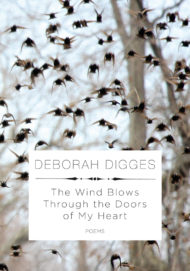 The predominantly elegiac tone of the poems in The Wind Blows Through the Doors of My Heart continues the pattern of Digges’s previous collection, Trapeze, where a majority of the poems center on loss and bereavement—the death of her father and—most pivotally—the death of Digges’s third husband, Franklin Loew, to cancer. The effect is far from morose, however—the impact of the poems going far beyond simple sadness, grief, or sorrow. Rather, the intensity of the bereavement becomes a vehicle granting access to a deepening perception of the fragile and evanescent beauties of this world as we pass through it.
The predominantly elegiac tone of the poems in The Wind Blows Through the Doors of My Heart continues the pattern of Digges’s previous collection, Trapeze, where a majority of the poems center on loss and bereavement—the death of her father and—most pivotally—the death of Digges’s third husband, Franklin Loew, to cancer. The effect is far from morose, however—the impact of the poems going far beyond simple sadness, grief, or sorrow. Rather, the intensity of the bereavement becomes a vehicle granting access to a deepening perception of the fragile and evanescent beauties of this world as we pass through it.
The poems of loss in The Wind Blows Through the Doors of My Heart assume an almost Olympian perspective, grief having transmogrified into something visionary, even ecstatic. For example, in the opening lines of “Haying,” the dense musicality and rough-hewn rhythms propel the progression of sharply etched images that, characteristically, return to the theme of loss and bereavement:
Scythe to root cut, rolled backwards into time,
the hut-round ricks lashed down four-square with linen
like bonneted and faceless women.
Timothy and bromegrass so lately harvested
for yield, tripoded, teddered in sunlight, brush-hogged.
And here on frozen ground, great bales of hay
hacked free, alfalfa, oats in clover woven, pitchforked
from truck beds for the horses.
We watched them for years, their grazing.
Heartbreaking now such symmetry,
which kept our earthly house
that you or I would ever cross the windrows
of a field ripe for the haying, one or the other lost
The pangs of loss intensify with an image of the poet fashioning a shroud made of harvested hay, following her beloved into the netherworld in order to be reunited:
I’d try on death to find you, gown made of grasses
harvest time, early, the loose hay drying in the mow,
or knit from stores of birdsfoot trifold . . .
Here—as elsewhere in Digges—the fractured syntax mirrors the fracture of loss. The poem culminates with a merging of the grasses and the grave, united by the dark and mysterious earth that dictates the life cycle of pasture grasses as well as the inexorable arc of our own lives:
I have lain down across such orchard grasses on your grave
smelling the deep that keeps you, tasting snow,
something gone out of me forbidden, beyond birdsong
or vision, mantle trivial worn by the living . . .
In the poem, the remembrance of idyllic times spent together in pastures and hayfields is juxtaposed with the present, death having claimed the beloved and exchanged “our earthly house” for a house of earth. Like so many of Digges’s poems, “Haying” blends an autumnal reverie with vividly remembered scenes rendered all the more sharply through the magnifying lens of loss. The consolation—poetically speaking—is that the shattering intensity of the bereavement becomes a catalyst for intensified vision which would not otherwise have been possible.
This pattern is even more powerfully rendered in “The Birthing,” which recounts a time when Digges and her husband—the former Dean of Tufts School of Veterinary Medicine—stopped en route to a formal banquet to help a cow struggling to give birth in a field—a “front leg presentation” that, without some intervention, would probably prove fatal to both mother and calf:
A fatal sign he said while rolling up the sleeves
of his dress shirt, and climbed the fence.
I watched him thrust his arms entire
into the yet-to-be, where I imagined holy sparrows scattering
in the hall of souls for his big mortal hands just to make way.
With his whole weight he pushed the calf back in the mother
and grasped the other leg tucked up like a closed wing
against the new one’s shoulder.
And found a way in the warm dark to bring both legs out
into the world together.
The cow gives birth to a bull calf in a “whoosh of blood and water.” Rubbing the calf dry with his tuxedo jacket and her green velvet cloak, they leave the calf suckling her mother, then—in an act of spontaneous and passionate joy—they make love in the car:
we huddled in the car.
And then made love toward eternity,
without a word drove slowly home. And loved some more.
This breathtakingly dramatic poem presents a primal scene of birth in an open field while the brooding presence of death hovers in the air like a dark angel. The compassionate intervention of the human couple saves the day, holding death at bay for the time being. The intensity of the experience overflows, almost involuntarily, into a passionate scene of lovemaking—the closeness of death and the miraculous birth precipitating a deeper awareness of the precariousness of life and of all human attachments.
The poem ends on a lovely, life-affirming note—but this joy, too, is bittersweet, tinged with the knowledge that you can only cheat death for so long. The entire poem is, in fact, a remembrance of a day long gone, colored by the stark, intervening fact of the husband’s tragic death, which accounts for the ceremoniously elegiac first lines of the poem: “Call out the names in the procession of the loved. / Call from the blood the ancestors here to bear witness . . .” The poem crystallizes all these powerful emotions into a single, elemental scene where dramatically opposed forces are suspended concentrically—birth and death, compassion and bereavement, joy and anguish. The principle tone may be elegiac, but the emotional palette is extremely complex.
Once again, the compensatory aspect of loss is the heightened realization of the hidden nature of things, including the fragile beauty of experiences that exist now only as memories. Seen through the lens of loss, the deepened significance that the remembered events acquire coalesces into the poem itself, an artifact that is at least a partial victory over the inexorable forces of death and decay, a temporary stay against the relentless onrushing of time.
In this way, Digges transmutes loss into higher awareness through the catalyst of the poem, an almost alchemical process that has been at the heart of literature since time immemorial. From The Odyssey to Paradise Lost, from The Epic of Gilgamesh to The Waste Land, loss has been perhaps the most omnipresent theme in poetry through the centuries, subsuming as it does an endless catalog of particularities.
Through all these works, the pivotal transaction involves a two-way thoroughfare whereby loss often paradoxically transforms into gain. In Wordsworth’s “Ode on Intimations of Immortality,” for instance—where the poet mourns the loss of childhood vision, with its heightened immediacy and direct emotional response to the splendors of nature—the compensatory aspect is the great Ode itself, which could not have been written by the younger person of pure and unsullied vision celebrated in the ode. It is the loss that grants the higher perspective, and the poem itself stands as the crowning testament to this process. This is the essential paradox of loss, its dual nature—the anguish and grief of loss become a catalyst for deeper vision that would not otherwise have been possible.
This dual nature of loss is a key to a full appreciation of Digges’s poetry, where loss is often the mainspring of the poem as well as its originating impulse. Many of Digges’s poems also contain, like Wordsworth’s Intimations Ode, remembrances of more idyllic times from her childhood, burnished days growing up on an apple orchard in Missouri, the sixth of ten children. As recounted in Digges’s poignant memoir, Fugitive Spring, this was no ordinary upbringing. Besides the apple orchard, her father also ran a cancer clinic. For the children, beekeeping, apple picking, and rural chores were the norm—as well as working at the clinic with cancer patients while attending to the legions of lab rats. Keenly observant of nature and of the cancer patients, many of them terminal, Digges’s early life intertwined the pastoral with the medical. Death was never far, nor was Eden. Whether dealing with lab rats injected with tumors or beehives overflowing with honey, Digges absorbed everything. All this filters up into the poems in subtle and not so subtle ways.
Also key to an understanding of Digges is noticing the focus on shelters, abodes, and dwelling places that runs through her writing and her life—the family’s sprawling Dutch Provincial house and their various barns and farm buildings, the fallout shelter her father builds for the family, the cancer clinic converted from a pre-Civil War estate, the innumerable bird nests that so fascinated Digges, and, later, the many, many houses where she lived after leaving Missouri. As she writes in “Broom,” “More than my sixteen rented houses and their eighty or so rooms / held up by stone or cinderblock foundations.” For Digges, the act of constructing and inhabiting a dwelling place, creating a shelter, becomes a bulwark against time, an antidote against loss, albeit a temporary one.
In this respect, the two “house” poems in Digges’s final collection are in many ways the culmination of her work. Like the cornerstones of twin arches, both “The House That Goes Dancing” and “The Wind Blows Through the Doors of My Heart” take up this central imagery that runs through all of Digges’s work and bring it to a fitting apotheosis.
Both poems have to do with the destruction of houses, houses pulled off their foundations, dwelling places that break loose and careen self-destructively through the elements. For Digges, the destruction of a house is the central metaphor, image, and relic of loss, as the descriptions of abandoned houses and farms in her two memoirs testify.
There are also many premonitions of these two poems in Digges’s earlier poems, where descriptions of disintegrating structures—especially houses and barns—are strewn throughout. In “Guillotine Windows,” to take just one example, there is the central vision of “a house taken out to sea”:
See those young selves waving back at shore,
see them running, calling to you, as the walls of the house
break up, pulling from the foundation while the roof
slides sideways, gone, and the windows shatter
It is an arresting image of departed friends and family vanishing along with the house that used to shield them. The language is ceremonious, the mood autumnal and bittersweet.
“The House That Goes Dancing” is very different in mood, a brisk triple-time waltz that careens across the page:
Not always but sometimes when I put on some music
the house it goes dancing down through the yard
to cha-cha the willows or up into town
to tango the churches.
The neighbors, appalled, they call the police.
The dogcatcher chases my dogs up the street.
But this breezy waltz quickly modulates to a minor key:
love’s house she goes dancing her grief-stricken dance
for his unpacked suitcases, his detritus, his hair, his hairbrush,
his glasses, his letters, his toothbrush,
his closets of clothes where I crouch like a thief
when the house it goes dancing
The seemingly spritely idyll of the first lines turns even darker as the shadow of death further intrudes:
We are shaken and dragged, we are rattled
and whirled past the ending, his passing,
who waltz out of town,
all our mirrors well shattered, our china, our crystal,
our lightbulbs, our pictures have crashed from the walls.
This is a dance of dissolution, not of celebration, and yet it is that, too, in the characteristic double dance of loss: The destruction of the house, our human shelter, mirrors the death of the loved one, the body gone back to earth, with only scattered belongings and detritus left whirling. Yet the import of the poem—not directly stated—is this outpouring of love and grief, and it is through the poem that the full extent of this love is realized. The poem may be about death, dissolution, and loss, but the poem itself is a constructed edifice that counters the forces of dissolution it describes. It is in the act of constructing the poem, of building this shelter, of fabricating this house made of words, that redemption and recompense is found.
In “The Wind Blows Through the Doors of My Heart,” there is a swirling, madcap dissolution of a house once again, but this time the association of the house as shelter and the body as the “house” of the soul is explicit:
The wind blows
through the doors of my heart.
It scatters my sheet music
that climbs like waves from the piano, free of the keys.
Now the notes stripped, black butterflies,
flattened against the screens.
The wind through my heart
blows all my candles out.
In my heart and its rooms is dark and windy.
From the mantle smashes birds’ nests, teacups
full of stars as the wind winds round
The wind careens through the rooms, and the house spins—rather like the tornado scene in The Wizard of Oz—but all the images register doubly since we read everything through a dual lens, reading simultaneously from the perspective of house-as-body and of body-as-house (two sides of the same coin, but not the same thing):
. . . the wind winds round,
a mist of sorts that rises and bends and blows
or is blown through my rooms of my heart
that shatters the windows,
rakes the bedsheets as though someone
had just made love. And my dresses
they are lifted like brides come to rest
on the bedstead, crucifixes,
dresses tangled in trees in the rooms
of my heart.
All this commotion and the tumble of images leads up to the poem’s pivotal statement: “It is not for me to say what is this wind / or how it came to blow through the rooms of my heart.” The irony here is that this poem does attempt to say what this wind is, to describe the ineffable source of inspiration by analogy through the medium of words, and it does succeed as much as words can, despite the denial.
Characteristically, this poem, too, modulates to a meditation on loss and mortality, but in this case there are no particular departed loved ones to lament, just the cold fact of death:
Wing after wing, through the rooms of the dead
the wind does not blow. Nor the basement, no wheezing,
no wind choking the cobwebs in our hair.
In the final lines, it becomes a poem of lament, of resignation—but also of defiance, demonstrating the dexterity of the poet to weave this complex analogy into something cogent and powerful despite our powerlessness to escape death. The poem escapes, and the lived moment, the heightened awareness captured in the poem, survives.
An earlier uncollected poem by Digges, “Enjoy the Wind Catcher,” can provide an illuminating context for “The Wind Blows Through the Doors of My Heart.” Here is the poem in its entirety, as published in the August 1999 issue of The Cortland Review:
Enjoy the Wind Catcher
I died and came alive in a field after a rain.
I knew myself as song, as haunting,
a child’s dress hung like a scarecrow
in a garden, bright words painted on a banner.
My dogs ran out ahead of me across the fire grass,
the flats of rain tracking the sky.
This was my last life, my destiny
who called, “Enjoy the wind-catcher!”
It is a beautiful, enigmatic poem, somewhat uncharacteristically succinct for Digges, and with a puzzling final line. Why would her destiny call to her to enjoy “the wind-catcher”? A wind catcher is an architectural device—also called a wind tower or a wind scoop—for catching a breeze and channeling it through a building for ventilation and to cool the interior. They have been in use since ancient times. For Digges, it is also an apt image for the poet, sifting the wind for inspiration, capturing and channeling the winds. Significantly, this image also involves a built structure. “Enjoy the Wind Catcher” most likely recalls a day long before in Texas when Digges first started writing poetry on an impulse, inspired by Emerson’s essay “The Poet.” As described in Fugitive Spring, she was then living in Lubbock while her first husband, Charles, was training to be an Air Force pilot.
Now, with “The Wind Blows Through the Doors of My Heart”—probably the last poem Digges ever wrote—this image comes full circle. Here, she literally becomes the wind catcher, the wind whirling through the capacious rooms of her heart.
When Deborah Digges climbed to the top of McGuirk Alumni Stadium at UMass Amherst, watched the Temple University women’s lacrosse team practicing on the green grass below, then plummeted to her death, she left no note. After investigating, the authorities deemed it an “apparent suicide,” though some, including one of Digges’s sons, questioned this at the time, since Digges often exercised at the stadium.
Digges left no note, but she did leave the manuscript of The Wind Blows Through the Doors of My Heart on her desk. This collection had been slow to come together. About a year before her death, Digges met with her editor at Knopf, Deborah Garrison, to go over an early draft of the upcoming collection, then tentatively titled The Dance of the Seven Veils. As related by Garrison to me in private communications, their conversation was lively and productive, but Garrison told her plainly that she didn’t love the proposed title. Digges readily agreed. “I think the title poem has yet to be written,” Digges said, and they left it at that.
After her apparent suicide, her son Charles found the folder with the manuscript on her desk. He opened the folder, and there was a new first poem in the collection, “The Wind Blows Through the Doors of My Heart.”
Ever since Digges’s “apparent suicide,” there has been a pronounced tendency for critics to sift through her poems and interpret them retroactively through the lens of her suicide. This is especially true of the last poem in her final collection, “Write a Book a Year.” With this poem, it is perhaps understandable, given the facts of Digges’s death and the poem’s arresting beginning:
Well the wild ride into the earth was thrilling,
really, scared as I was and torn and sore.
I say what other woman could have managed it?
My life before then
picking flowers against my destiny
what glance, what meeting,
who was watching, what we don’t know we know,
the hour we chose and we are chosen.
And suddenly the dead my mission,
the dark my mission.
This final poem of Digges’s last collection could indeed be read as a suicide note—but the editors, not Digges, chose this as the last poem for the collection, and “Write a Book a Year” was written at least two and a half years before her death (as confirmed by Garrison). It is certainly a fine poem, a strong poem, and a fitting poem to end the collection, but it is not a suicide note. On the contrary, the final lines of the poem are about rescue, rebirth, and reawakening:
We are pulled forward by our hair
to be anointed in the barren garden.
I want the dark back, the bloody well of it,
my face before the fire,
or lie alone on the cold stone and find a way
to sleep awhile, wake clear and wander.
The closing lines suggest rebirth through a cleansing ritual—new life, not death. The image of being “pulled forward by our hair” is especially striking, and in fact it recalls a formative childhood incident in Digges’s life. When she was eight, Digges fell through the ice on a pond where the children skated. As she wrote in Fugitive Spring:
The ice gave way under me . . . until it simply opened up like a door. I don’t remember being cold or afraid that I might die, but rather the way the sun looked from under the ice, like a dirty paper lantern over a weak bulb. . . . Each time I grabbed for a hold, the ice came off in my hands, as though the ladder I climbed were sinking, rung by rung.
Luckily, her father was nearby and crawled out on the ice on his belly:
He reached down into the hole and pulled me out by my hair. I had a little cold afterward, my mother would say, but that was all. In the spring we found my boots floating like small boats on the pond.
Similar references to hair and being pulled forward by the hair abound in Digges’s poetry. In “Write a Book a Year,” the movement is from an initial fall from the heights—a “wild ride,” if not necessarily a death leap—to a closing image of rescue, of being saved and resuscitated so that the speaker can “wake clear and wander.” The poem certainly has overtones of a death wish, but, if so, it is more of a katabasis, a descent to the underworld, as with Orpheus or Ishtar, both of whom return. In this sense, “Write A Book A Year” also reads like an extension of “Haying,” with its image of the poet’s descent to the underworld seeking the beloved.
There is another layer to the poem, though, that explains its otherwise puzzling title, and which at first seems out of sync with what’s being described. Like many of Digges’s poems, there is a pivot point midway through “Write a Book a Year.” Here, the pivot point is the enigmatic line, “He’d find me pounding out the hours”:
And suddenly the dead my mission
the dark my mission.
He’d find me pounding out the hours.
Spring is for women, spring clawing at our hearts.
We are pulled forward by our hair . . .
Though it provides the merest whiff of a context for the poem, this line is what pulls the whole thing together. The line describes the poet being found working late on her poems—probably by her husband, Frank—“pounding out the hours” as she painstakingly transcribes the midnight tremors into her art. (Elsewhere, Digges describes how the house would echo with the “banging of the typewriter” from her room.) Retroactively, we realize that the “death leap” described at the beginning of the poem is actually a description of the poet descending into the underworld, into the trance of creation, in order to fashion her poems.
In this sense, the title “Write a Book a Year” is ironic, especially since Digges came nowhere close to writing a book a year. This also accounts for the poem’s initially glib, slightly sarcastic tone—“Well the wild ride into the earth was thrilling”—as if to say that the poet’s descent into the underworld to excavate and retrieve these poems were an easy matter.
Fittingly, the poem ends with an image of fire: “I want the dark back, the bloody well of it/ my face before the fire.” For Digges, fire is complex, double-edged like the theme of loss. An earlier poem, “My Life’s Calling,” begins:
My life’s calling, setting fires.
Here in a hearth so huge
I can stand inside and shove
the wood around with my
bare hands . . .
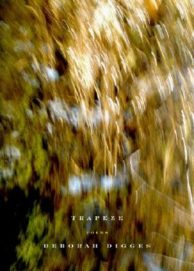 The main import here is of the poet’s vocation as an incendiary act. The poet sets fires, destroying our quotidian equivocations and our bland confidence that we actually understand the facts of our existence and the world we live in as it whirls through space.
The main import here is of the poet’s vocation as an incendiary act. The poet sets fires, destroying our quotidian equivocations and our bland confidence that we actually understand the facts of our existence and the world we live in as it whirls through space.
But, like loss, fire has a dual nature. Fire destroys, but when harnessed it gives light and warmth. The same fire you cook with can also burn your house down. Fire is destruction and loss; fire is boon and blessing. Both are true.
It is the same way with loss. Loss is negation, death, dissolution, yet loss can also be life-giving, the warmth generated in its aftermath capable of fueling new creation that would otherwise not have been possible. Just as with the antithetical nature of fire, embracing contradictory opposites, the theme of loss that runs through Digges’s poetry cuts two ways.
And it is the countermotion of poetic creation that reveals the full dual nature of loss: Ourselves and our shelters will decay into nothing, but we can spin a saving chrysalis out of thin air that enlarges our awareness so we can perhaps see loss in a larger context, a more cosmic context, in which the coming and going of individual lives, flashing briefly like so many lightning bugs, is no longer cause for alarm.
Profound loss brings profound grief, which can trigger the compensatory creative act of writing, of constructing poems from the bric-a-brac of our lives, building them as shelters, as dwellings, as houses. Digges was a builder, like the birds and their nests that she so admired. Her poems can get under your skin like no others—the tone sometimes intimate and whispering, sometimes bardic and ceremonial. They pulse with a dangerous, seductive allure. Digges invites you in, ushers you in, knowing you, too, seek shelter: Poem as nest. Poem as a house we wander through, the poet a wind catcher.

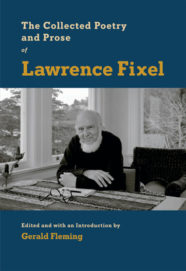
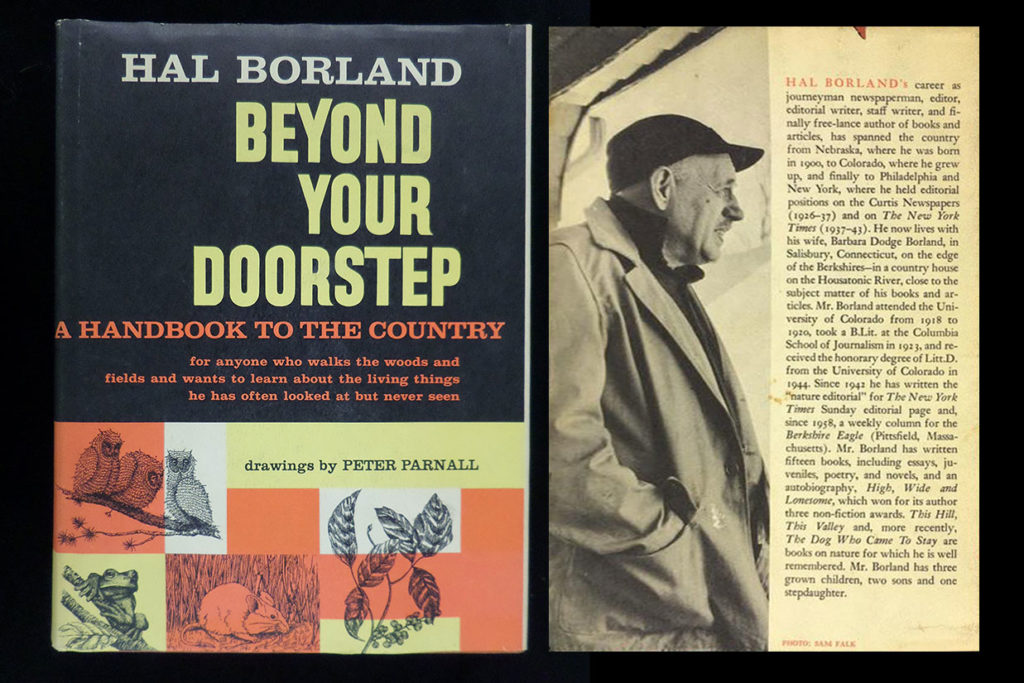 by John Toren
by John Toren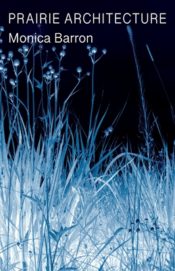
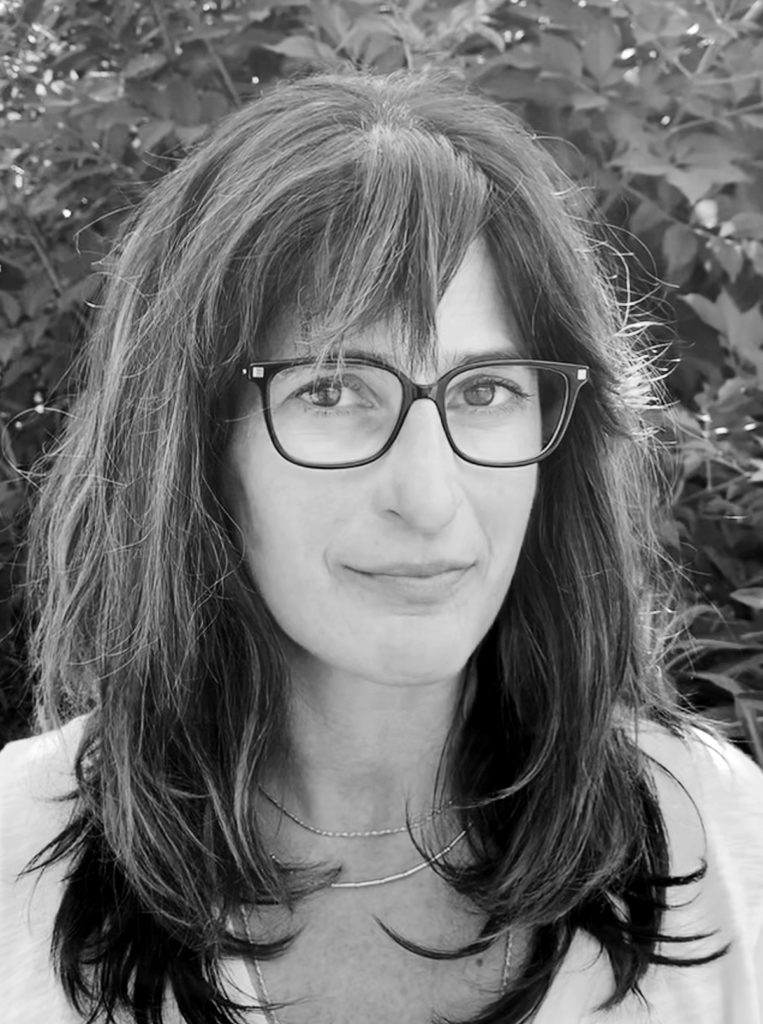 by Benjamin P. Davis
by Benjamin P. Davis 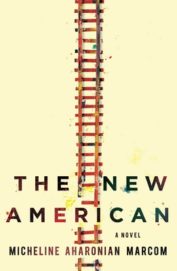
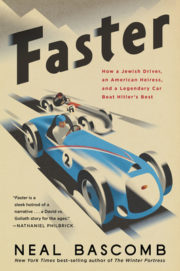
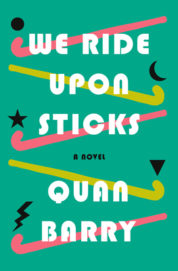
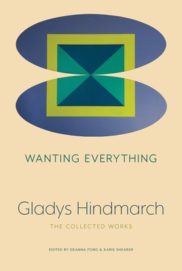
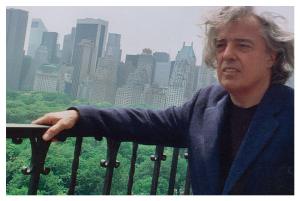 by Brian Evenson
by Brian Evenson
